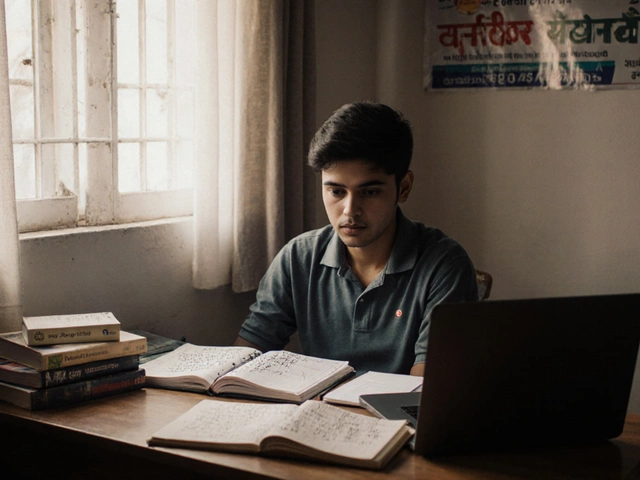Uniform Exam: What It Is, Why It Matters, and What You Need to Know
When we talk about a uniform exam, a standardized test administered the same way to all students across a region or nation. Also known as standardized testing, it’s meant to cut through differences in school quality, teaching methods, and resources to create a fair measure of ability. In India, the push for a uniform exam isn’t new—but it’s become louder as more families struggle with shifting syllabi, regional biases, and uneven access to coaching. The idea sounds simple: one test, one level playing field. But in practice, it’s anything but.
Take the JEE Advanced, the entrance exam for India’s top engineering institutes like the IITs. It’s already a national uniform exam, yet students from rural schools still face huge gaps in preparation. Why? Because the exam doesn’t change the system around it. Same test, different starting lines. That’s why the CBSE syllabus, the curriculum followed by over 20,000 schools across India is often at the center of debates. If every student learns the same material from Class 1 to 12, shouldn’t the exam reflect that? But here’s the catch: even with a uniform syllabus, not every student has the same access to teachers, practice papers, or even stable internet. A uniform exam doesn’t fix inequality—it just makes it visible.
And it’s not just engineering. The NEET, the single entrance exam for medical colleges across India, replaced dozens of state-level tests in 2016. Supporters said it would stop corruption and favoritism. Critics pointed out that students from state boards struggled because NEET’s pattern and language favored CBSE students. The result? A system that claims fairness but still rewards privilege in disguise. Even government job exams, like those for civil services or local councils, follow a uniform structure—but success still depends on coaching, coaching, and more coaching.
So what’s the real story behind uniform exams? They’re not magic bullets. They’re tools—and like any tool, their impact depends on how they’re used. A uniform exam can expose gaps in education. It can pressure schools to raise standards. But without equal access to preparation, it just becomes another filter that pushes out the very students it claims to help. That’s why the posts below dig into the real-world effects: from how a single test changes a student’s life, to why some subjects are easier to crack than others, to what actually makes a candidate stand out in a sea of uniform scores. You’ll find stories of toppers who didn’t go to coaching, students who cracked JEE while studying from library books, and parents who realized their child’s potential wasn’t measured by a number on a screen. This isn’t about whether uniform exams are good or bad. It’s about understanding how they work—and how you can navigate them, no matter where you start.
- By Nolan Blackburn
- /
- 22 Mar 2025
Is the CBSE Paper the Same Across India?
Curious if CBSE papers are identical nationwide? While the Central Board of Secondary Education aims for a standardized syllabus, regional factors can influence exam questions. This article explores the consistency of CBSE papers across India, touching on management strategies, regional adaptations, and tips for students preparing for this nationwide exam format.





